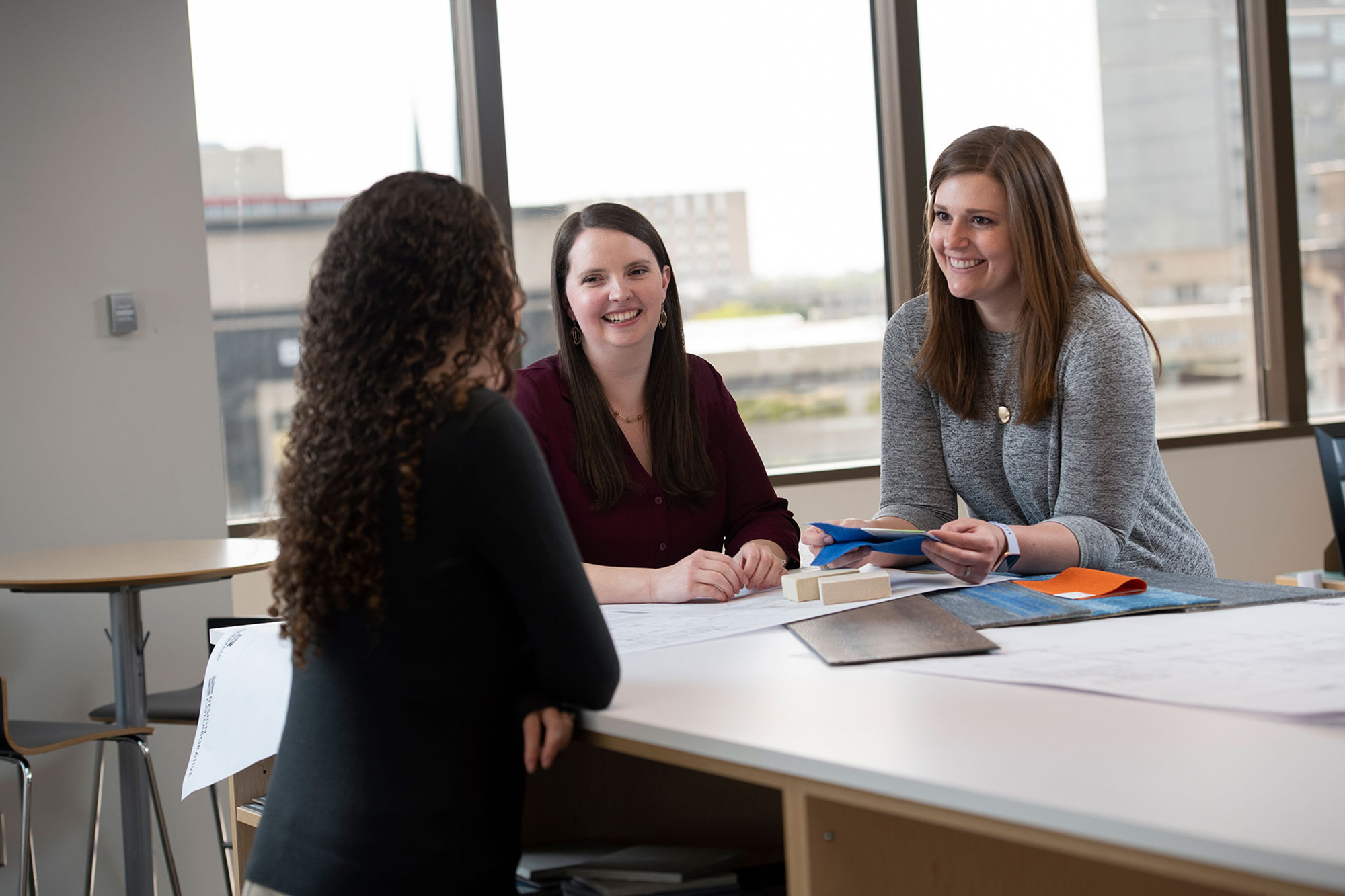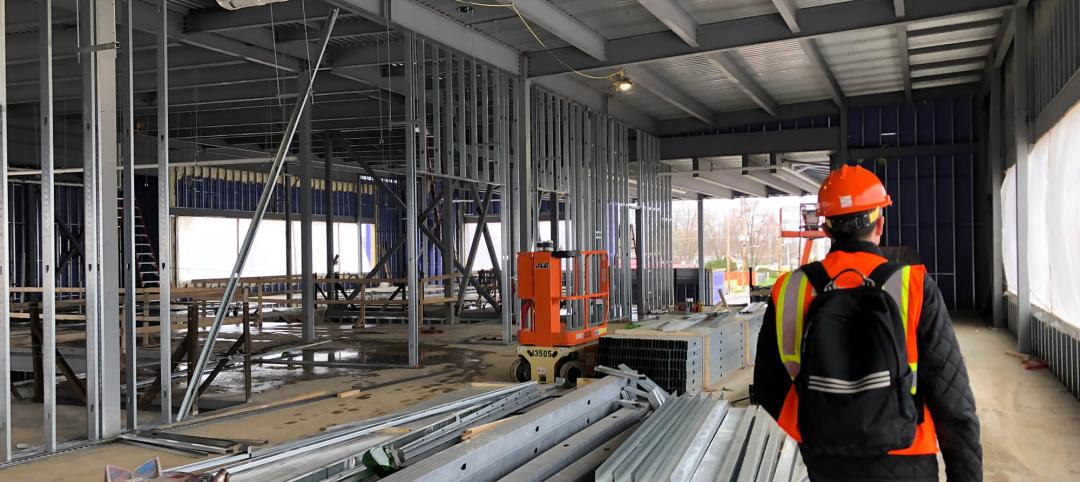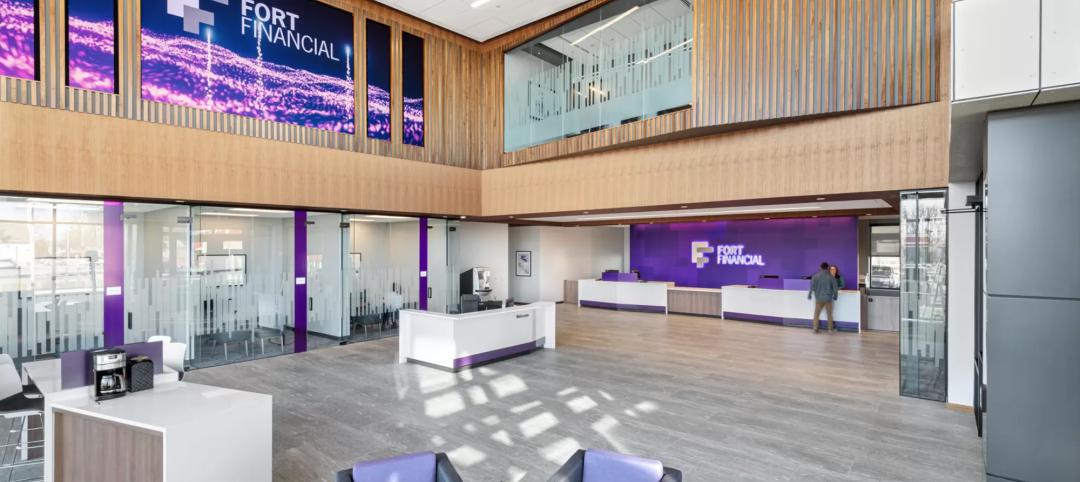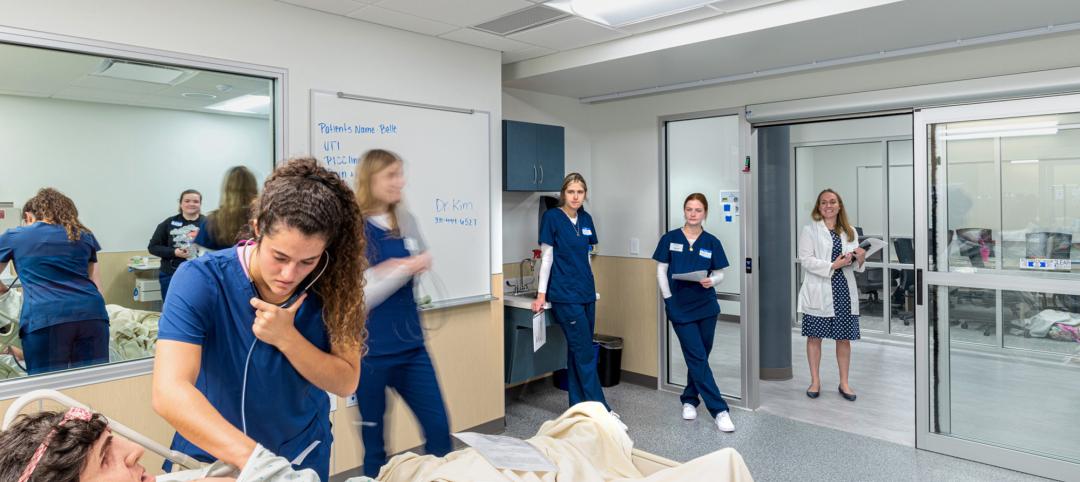The workplace has never been more dynamic in change than what we see today—work from home, hybrid, fully in office, not to mention the question, “is the large open floor plan dead?”
Companies today are being pulled every which way and asking themselves, “how do we make our workplace a positive space for our employees and engage them in our culture?” If you are asking yourself that question, great—because you should be! The war on talent and the need for highly-engaged employees are critical to your team’s success. Your building and workspace are a key piece of this—and we are seeing real estate data that suggests that the office is once again regaining prominence in many sectors.
The impact of isolation, lack of employee connection and mentoring, as well as the quality of the product being produced are all causing higher occupancy in our workplaces once again. So how does your new space become an asset and contribute to your culture?
Work with a design team that understands you
First: It starts with working with a design team that will take the time to understand you… and your culture. This requires meetings with not only the executive team, but should include everyone from managers to new hires. It requires observation and an idea of the things you do that make you unique. Getting a full picture on how your team operates, and needs to operate, creates the building blocks needed for your future design.
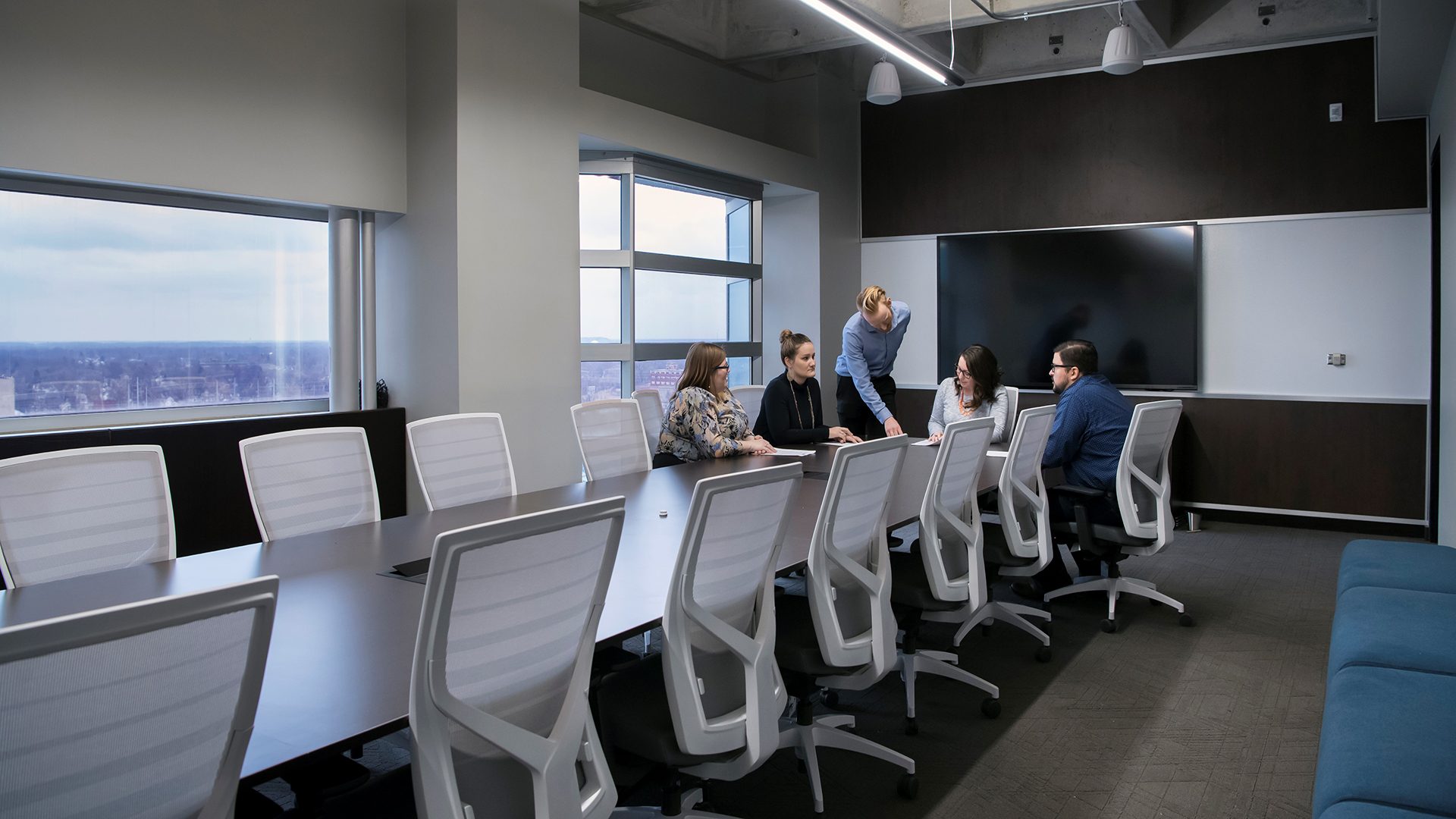
Your unique culture requires distinctive needs
Second: Your unique culture requires unique needs—that is the importance of your design team learning as much as they can about you. Your weekly meeting might need to accommodate five or it might need 50, and what happens to that space the rest of the week?
In person meetings with clients are now virtual, how do you best use that space and not create distractions for the others in the office? It’s critical through that first step, that the design team understands your operations and culture so they can enrich the design of your space and make it functional for you.

The workplace today looks different
Finally: The workplace today looks different than just a few years ago and design is proving to be more critical than ever. As employees continue to return to work, they want to work in a space that is refreshed, equipped with amenities, and houses spaces they need to be engaged in their work. Returning to work in an outdated office, without proper spaces to do their jobs only creates friction to getting people back in your office and lowers engagement.
Other design trends we’re seeing include:
Privacy
Just the opposite of open & collaborative spaces, the need for small and private rooms is increasing quickly. Whether someone needs to attend a virtual meeting away from their open desk, a need for head down time, or just for private phone conversations, small areas dedicated to a single person are becoming necessary. This also reduces someone using conference rooms for individual use, gaining efficiencies with your space.
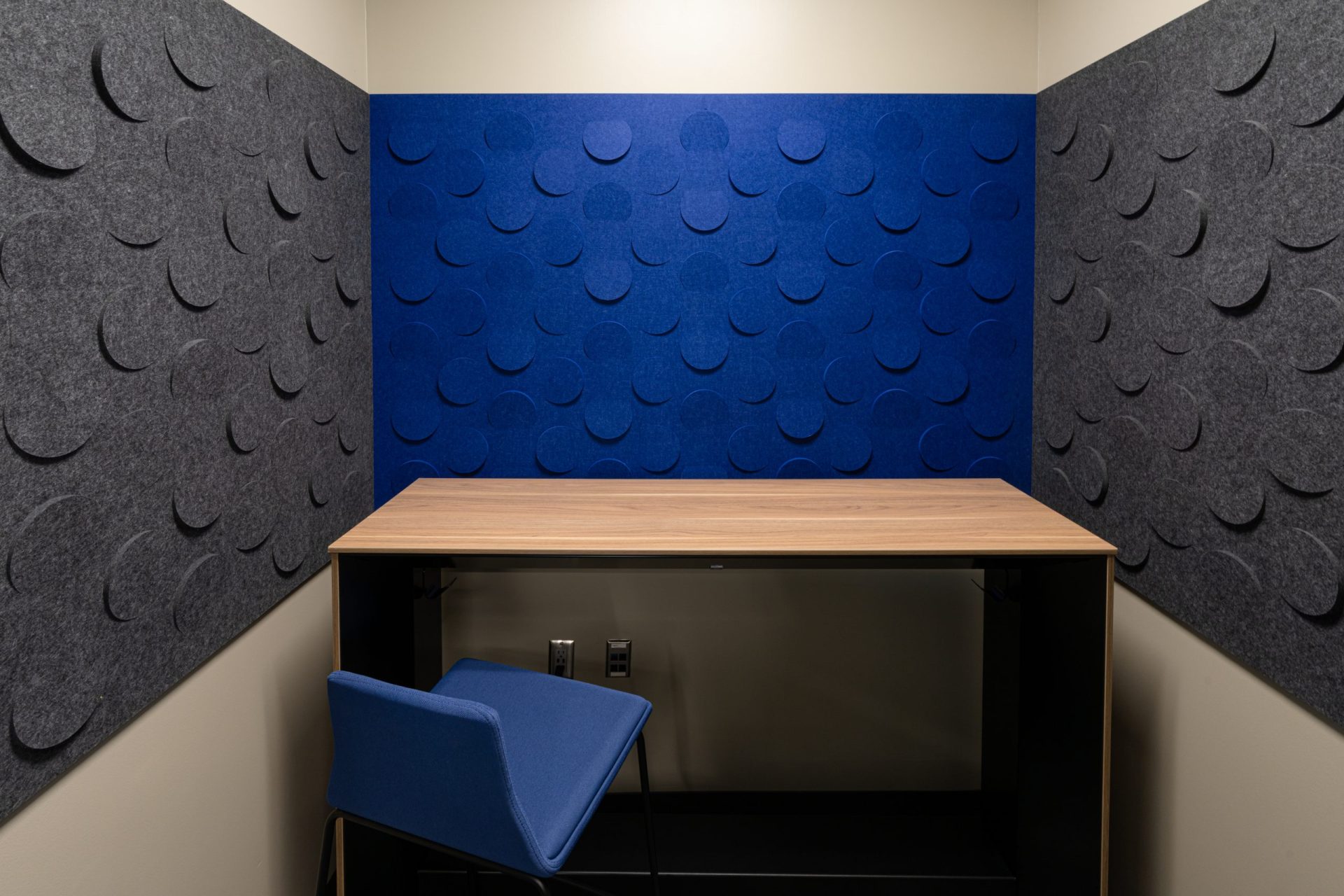
Shared spaces
Shared community areas that foster interactions and promote discussion and cross collaboration, as well provide opportunities for interaction help reduce isolation that is common in fully work from home situations. While a nearby coffee pot is convenient, promoting a core central area also provides an opportunity to get away from their desk.
Collaboration
Collaborative spaces that promote teamwork and can handle impromptu meetings. These are becoming more than formal meeting rooms, but open spaces and comfortable seating that encourage and foster engagement and productivity from others.
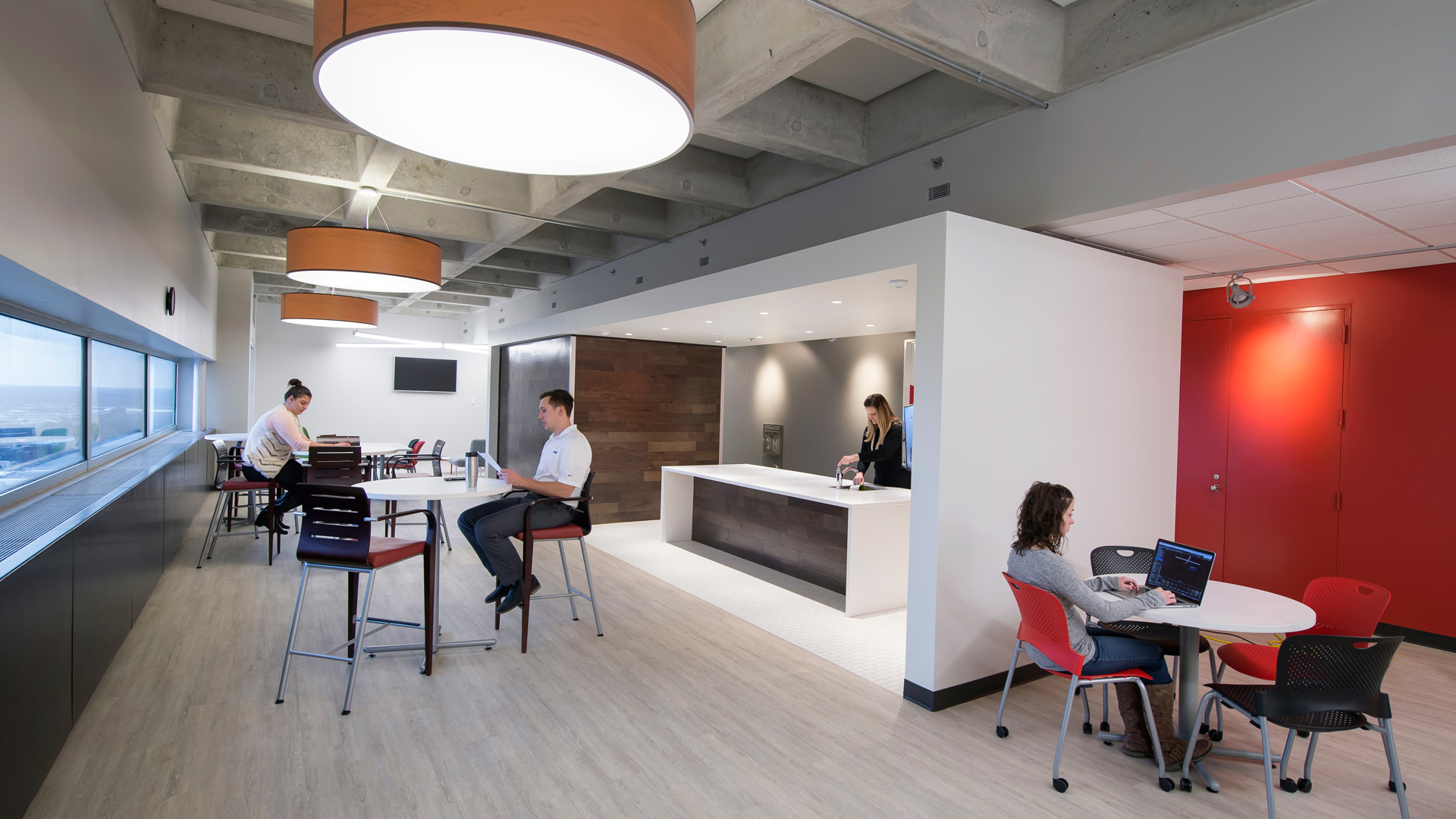
Daylight
Bringing in light and nature isn’t something new, but continues to become more popular as employers seek to recognize the importance of happy, engaged, and healthy employees.
Flexibility
Flexibility—the office is no longer Monday through Friday, 8 to 5—how you now design the office needs to accommodate that. It’s important your large training room can also be used the rest of the week!
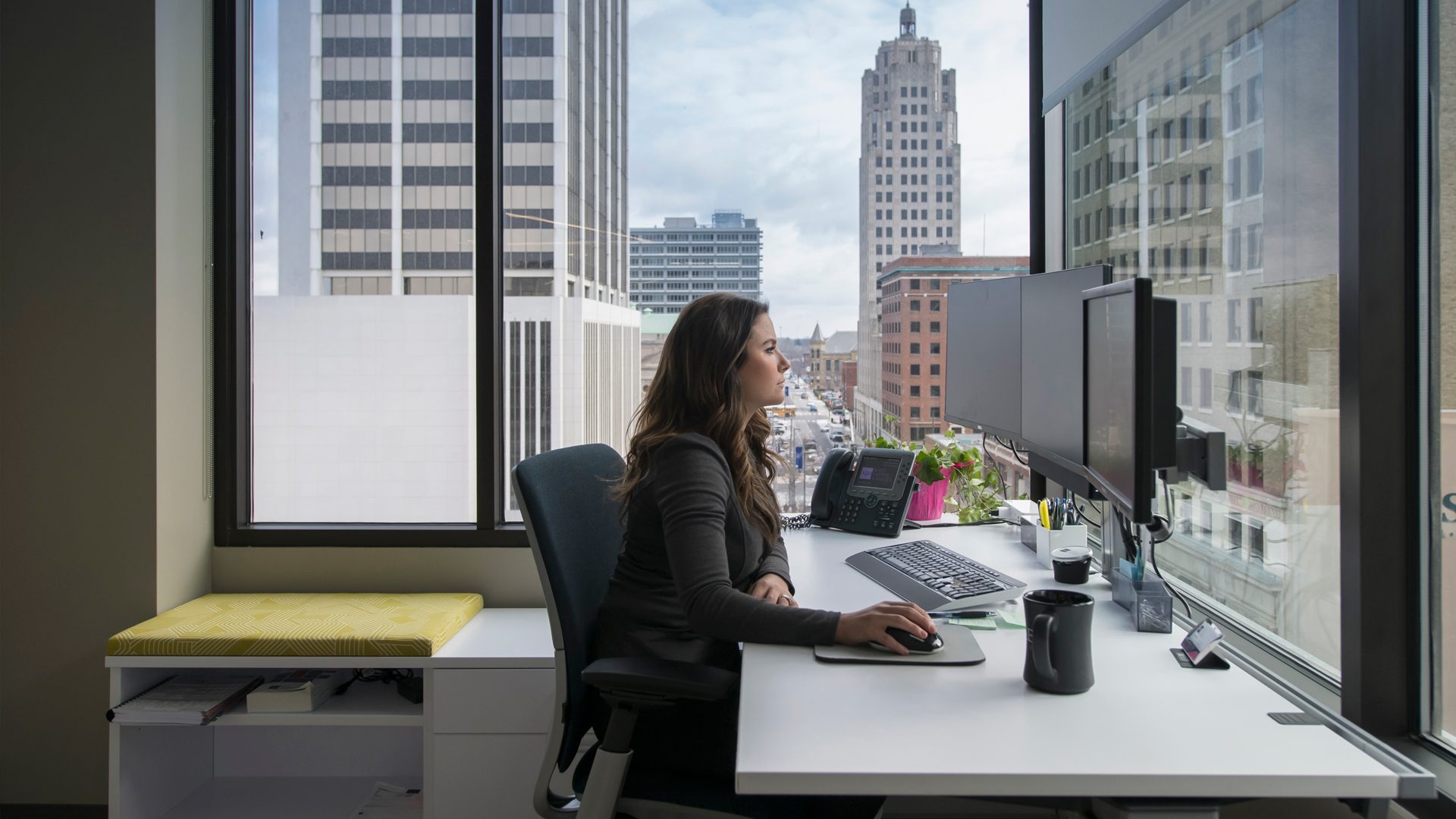
Your new building needs to do a lot, but it’s critical so that it can be an asset to your company, improve engagement and be a healthy place to come to, regardless of the day, or time.
As you notice, design trends are quickly moving towards incorporating aspects of hospitality and more amenities. Whether we want the feel of a boutique hotel lobby or airport lounge—people want spaces and designs that are better than what they can get at home, as well as spaces that allow them to work more effectively with their teams.
More from Author
Design Collaborative | Oct 14, 2024
Higher education design for the first-gen college student
In this Design Collaborative blog, Yogen Solanki, Assoc. AIA, shares how architecture and design can help higher education institutions address some of the challenges faced by first-generation students.
Design Collaborative | Sep 16, 2024
Maximizing office square footage through ‘agile planning’
Lauren Elliott, RID, NCIDQ, Director of Interior Design, Design Collaborative, shares tips for a designing with a popular and flexible workspace model: Agile planning.
Design Collaborative | Aug 5, 2024
Mastering the art of project schedule: Expert insights on design and construction
We sat down with two experts in the design field, Ron Dick (Founding Partner and Architect) and Mike Niezer (COO and Architect), to talk about everything you need to know about the entire process.
Design Collaborative | Jul 1, 2024
Mastering office layouts: 5 primary models for maximum efficiency and productivity
When laying out an office, there are many factors to consider. It’s important to maximize the space, but it’s equally important to make sure the design allows employees to work efficiently.
Design Collaborative | Jun 3, 2024
Escalation: Predicting project costs in a volatile market
Thad Berkes, Chief Cost Estimator, Design Collaborative, shares that one of the major hurdles that Design Collaborative attempts to forecast for its commercial construction projects is escalation.
Design Collaborative | Mar 4, 2024
Illuminating your path to energy efficiency
Design Collaborative's Kelsey Rowe, PE, CLD, shares some tools, resources, and next steps to guide you through the process of lighting design.
Design Collaborative | Feb 1, 2024
Prioritizing water quality with the WELL Building Standard
In this edition of Building WELLness, DC WELL Accredited Professionals Hannah Arthur and Alex Kircher highlight an important item of the WELL Building Standard: water.
Design Collaborative | Dec 12, 2023
Transforming workplaces for employee mental health
Lauren Elliott, Director of Interior Design, Design Collaborative, shares practical tips and strategies for workplace renovation that prioritizes employee mental health.
Design Collaborative | Nov 2, 2023
3 fundamental steps to crafting the ideal branch
Jared Monce, AIA, Architect, Design Collaborative, shares three guidelines when designing branches for financial institutions.
Design Collaborative | Oct 9, 2023
Design solutions for mental health as a secondary diagnosis
Rachel Vedder, RA, LEED AP, Senior Architect, Design Collaborative, shares two design solutions for hospitals treating behavioral health patients.

